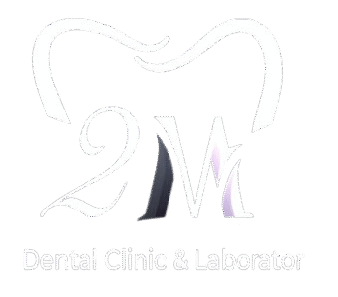Oral Surgery
Frequently Asked Questions
Wisdom teeth (third molars) typically emerge between the ages of 17 and 25. In many cases, there isn’t enough space in the jaw for them to grow properly, and they become impacted—trapped in the bone or gum tissue. This can lead to:
- Pain and inflammation
- Pressure on adjacent teeth
- Recurrent infections
- Cyst formation or bone damage
- Bite misalignment and hygiene difficulties
Wisdom tooth extraction is carried out by a specialized oral surgeon and generally includes the following steps:
- Radiographic evaluation – An X-ray is taken to assess the position and condition of the tooth.
- Local anesthesia – Ensures a pain-free and comfortable procedure.
- Surgical removal – If the tooth is impacted, the gum tissue (and sometimes bone) is gently opened to access and remove the tooth.
- Stitches – Sutures may be placed to assist healing if necessary.
- Post-operative care instructions – Patients receive clear guidelines for proper healing and pain management.
Thanks to modern techniques and local anesthesia, the procedure is minimally uncomfortable. With proper aftercare, full recovery usually occurs within a few days.
Wisdom tooth removal isn’t just a routine procedure—it’s a proactive step to prevent future dental issues.
Wisdom tooth removal isn’t just a routine procedure—it’s a proactive step to prevent future dental issues.
Contact us today for a personalized evaluation!
Oral Surgical Treatments We Offer
1. Impacted Tooth Extraction (Beyond Wisdom Teeth)
Surgical removal of teeth that haven’t fully erupted or are trapped in the bone—commonly affecting canines or premolars.
2. Frenectomy (Lip or Tongue Tie Release)
A simple procedure to remove or release the frenulum under the tongue or upper lip—often performed in children to improve speech or eating.
3. Oral Biopsy
Tissue sampling of suspicious lesions or abnormal areas in the mouth, sent for histopathological examination to rule out pathology.
4. Alveoloplasty (Bone Reshaping)
Contouring and smoothing of the jawbone after tooth extractions to prepare for dentures or dental implants.
5. Cyst and Lesion Removal
Surgical removal of oral cysts, benign tumors, or other abnormal growths from the jaws or soft tissues.
6. Exposure of Impacted Teeth for Orthodontics
A surgical procedure to help guide an impacted tooth (usually a canine) into proper alignment with the help of braces.
7. Periodontal Surgical Curettage
Deep cleaning and removal of infected tissue in patients with advanced periodontal disease—aimed at preserving the supporting structures of the teeth.
8. Sinus Lift Surgery
A procedure to elevate the sinus floor and increase bone height in the upper jaw, making it possible to place dental implants securely.
